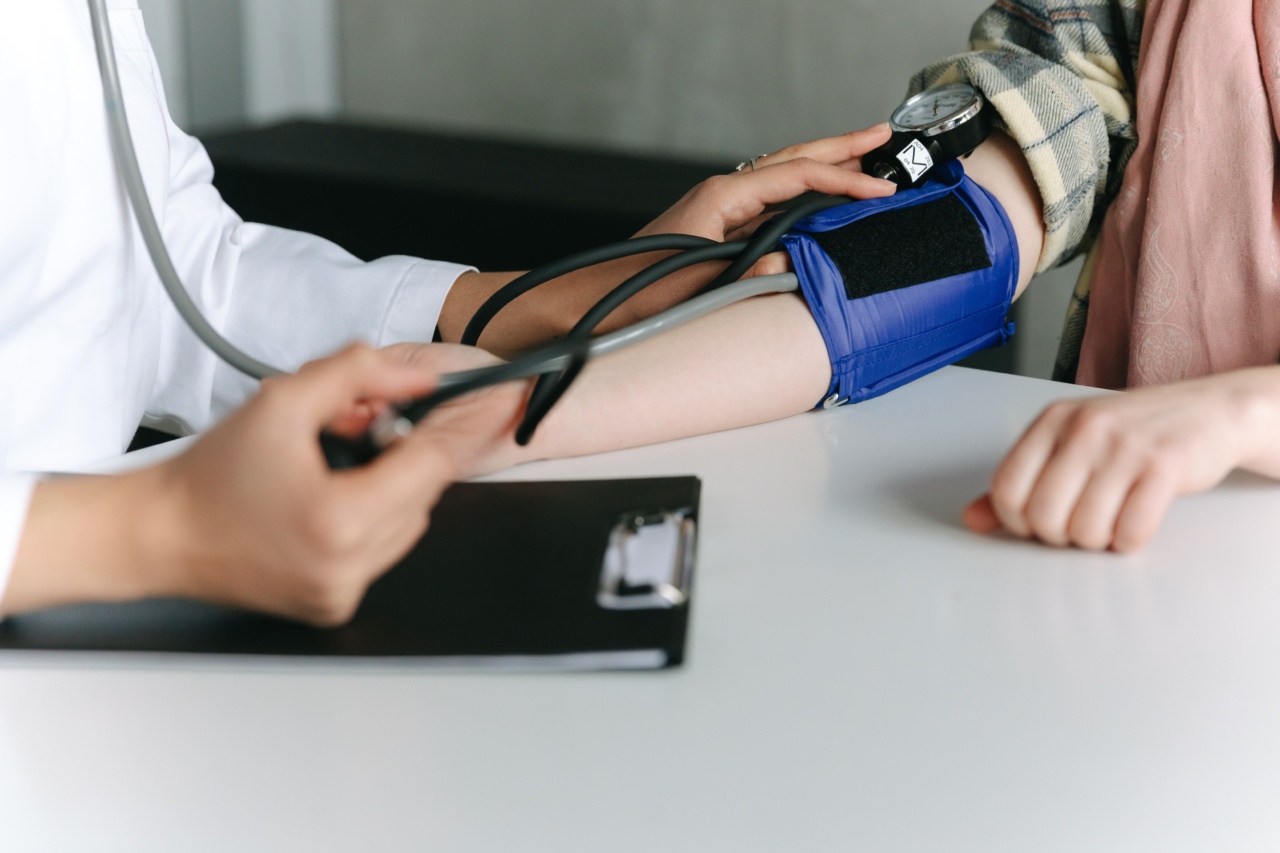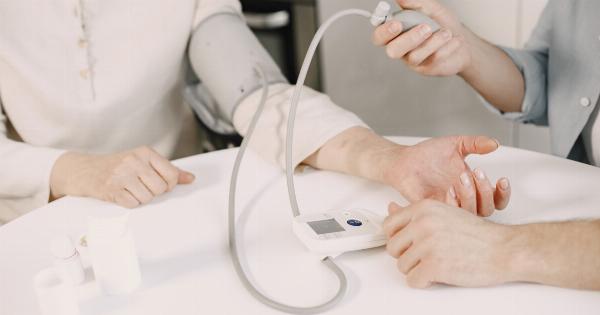Measuring blood pressure is a vital procedure used to detect and monitor various medical conditions such as hypertension, heart disease, and organ damage.
It is a non-invasive technique that helps healthcare professionals assess a patient’s overall cardiovascular health. In this comprehensive tutorial, we will explore the different methods of measuring blood pressure, the devices involved, their accuracy, and the potential factors that can affect readings.
Understanding Blood Pressure
Blood pressure is the force exerted by circulating blood on the walls of blood vessels. It is expressed in millimeters of mercury (mmHg) and consists of two values: systolic pressure and diastolic pressure.
Systolic pressure represents the force when the heart contracts, while diastolic pressure indicates the force when the heart is at rest between beats.
The Importance of Blood Pressure Measurement
Regular blood pressure measurement plays a crucial role in diagnosing and managing various health conditions.
High blood pressure, or hypertension, is a significant risk factor for heart disease, stroke, kidney disease, and other severe medical problems. Conversely, low blood pressure can lead to dizziness, fainting, and inadequate organ perfusion.
Accurate measurement of blood pressure allows healthcare providers to assess a patient’s cardiovascular health and make informed decisions regarding treatment and lifestyle modifications.
Methods of Measuring Blood Pressure
There are two primary methods for measuring blood pressure: auscultatory and oscillometric.
Auscultatory Method
The auscultatory method involves using a stethoscope and a sphygmomanometer to measure blood pressure.
This traditional approach relies on the detection of Korotkoff sounds, which are the sounds produced by turbulent blood flow as the cuff pressure is gradually released.
Oscillometric Method
The oscillometric method is a more common technique that utilizes automated devices, such as electronic blood pressure monitors.
These devices detect arterial pulsations and use advanced algorithms to calculate systolic and diastolic pressures based on the amplitude and frequency of the pulsations.
Choosing the Right Blood Pressure Device
There are various blood pressure devices available in the market, ranging from manual to automatic monitors. The choice of device depends on individual needs, medical conditions, and personal preferences.
Accuracy of Blood Pressure Measurements
The accuracy of blood pressure measurements is of utmost importance to ensure reliable diagnoses and appropriate treatments.
Several factors can influence the accuracy of readings, including device calibration, cuff size, patient positioning, and measurement technique. It is essential to follow proper guidelines and use validated devices to obtain accurate results.
Factors Affecting Blood Pressure Readings
Several factors can temporarily influence blood pressure readings, leading to inaccurate measurements. It is crucial to be aware of these factors to obtain the most reliable results:.
1. Caffeine and Stimulants
Consuming caffeine and other stimulants shortly before a blood pressure measurement can temporarily raise blood pressure levels, leading to inaccurate readings.
2. Smoking
Smoking causes a temporary increase in blood pressure. It is advisable to wait at least 30 minutes after smoking before measuring blood pressure.
3. White Coat Syndrome
Some individuals experience anxiety or nervousness when visiting a healthcare facility, resulting in elevated blood pressure readings known as the “white coat syndrome.” Healthcare providers should take extra care to help patients feel relaxed during measurements.
4. Full Bladder
A full bladder can increase blood pressure readings. It is recommended to empty the bladder before measuring blood pressure.
5. Physical Activity
Engaging in physical activity or exercise prior to blood pressure measurement can temporarily raise blood pressure. It is advisable to rest for at least five minutes before taking measurements.
6. Arm Position
The position of the arm during blood pressure measurement can influence readings. The arm should be supported at heart level to obtain accurate results.
7. Talking or Movement
Talking or moving during blood pressure measurement can affect readings. It is best to remain still and silent throughout the process.
8. Improper Cuff Size
Using an incorrect cuff size can lead to inaccurate blood pressure measurements. It is essential to choose the appropriate cuff size based on the circumference of the upper arm.
9. Medications
Certain medications, such as decongestants and nonsteroidal anti-inflammatory drugs (NSAIDs), can affect blood pressure readings. It is important to inform healthcare providers about any medications being taken.
10. Stress and Emotional State
Stress, anxiety, and emotional fluctuations can temporarily raise blood pressure. It is important to create a calm and relaxed environment for accurate measurements.
Conclusion
Measuring blood pressure is a fundamental procedure in healthcare that aids in diagnosing and managing various medical conditions.
It is important to choose reliable devices, follow proper measurement techniques, and consider the factors that can affect readings. By obtaining accurate blood pressure measurements, healthcare providers can provide appropriate treatment plans, monitor conditions effectively, and promote overall cardiovascular health.






























